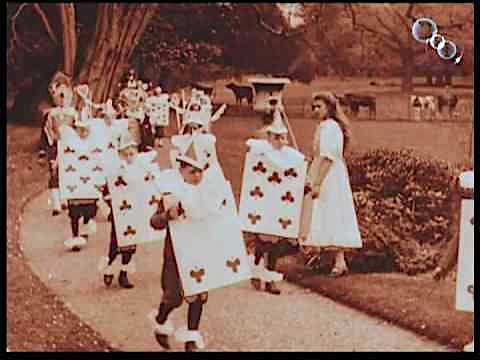Doctor Omega
Member: Rank 10


Alice in Wonderland (1903) - IMDb
Directed by Cecil M. Hepworth, Percy Stow. With May Clark, Cecil M. Hepworth, Blair, Geoffrey Faithfull. Alice dozes in a garden, awakened by a dithering white rabbit in waistcoat with pocket watch. She follows him down a hole and finds herself in a hall of many doors. A key opens a small door...
Last edited:

